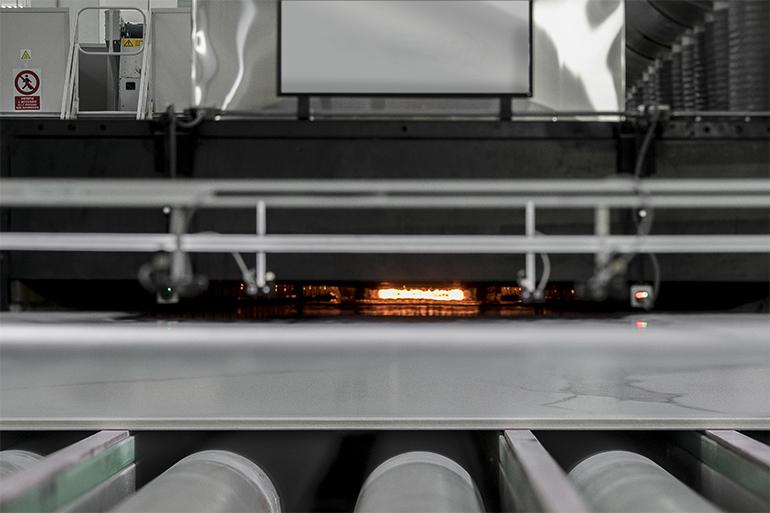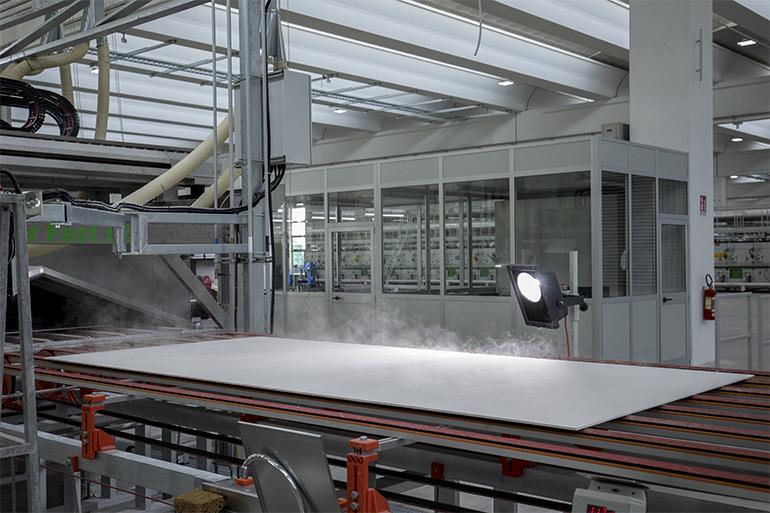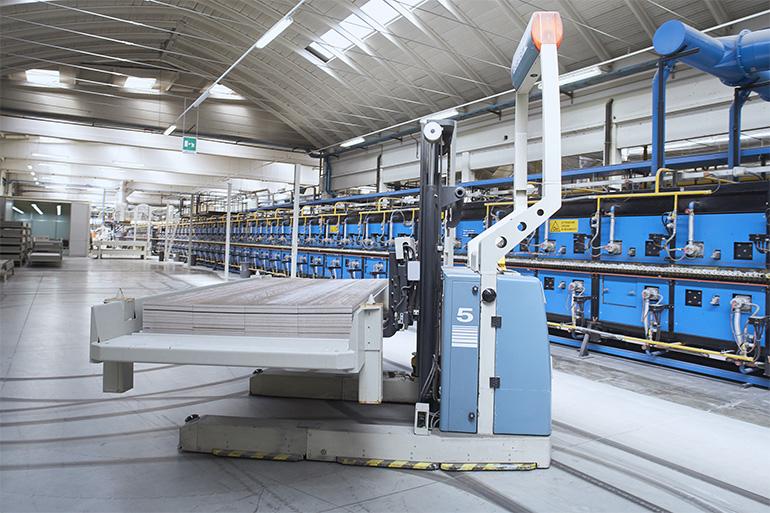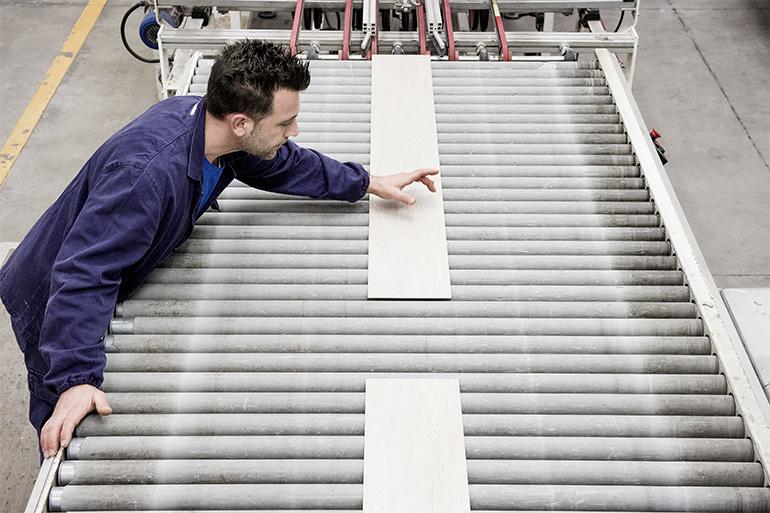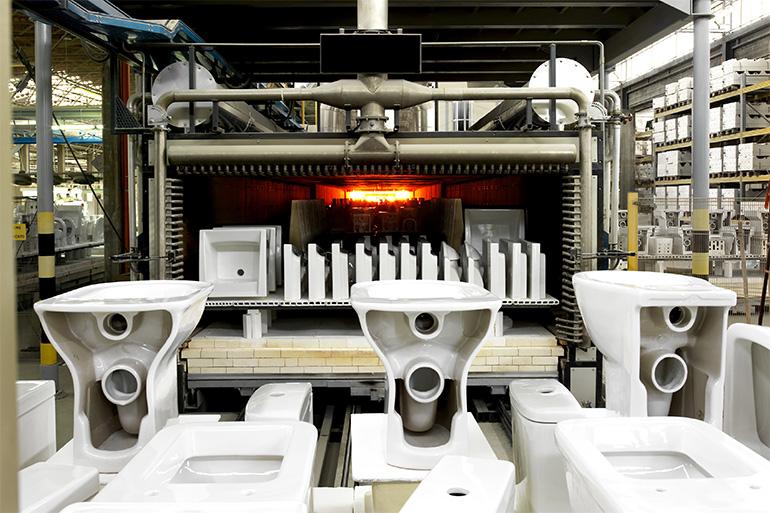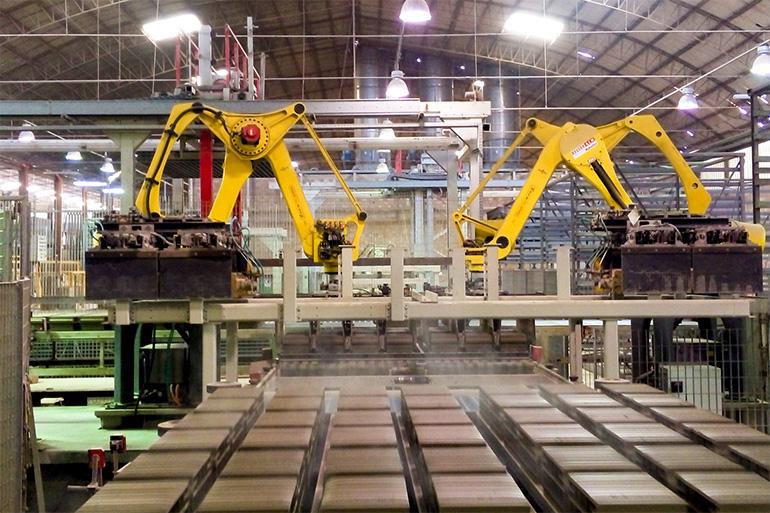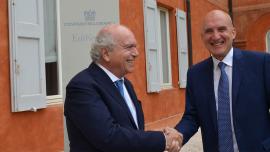Italian ceramics: total 2024 turnover reaches €7.5 billion
The ceramic tile segment closed 2024 with revenues of €6.1 billion, 1.8% lower than in 2023. Investments slumped by 19.4% as a result of high energy costs and an ETS system that continues to drain vital resources. We also take a look at the industry’s four other segments: sanitaryware, tableware, heavy clay and refractories.
With 248 companies, more than 26,000 direct employees and total revenues of €7.5 billion, the Italian ceramic industry testifies to the continued strength of the country’s manufacturing system despite the challenging energy and regulatory landscape. The industry’s performance figures were presented by Confindustria Ceramica in its 2024 statistical report, which covers all the sectors represented by the association (ceramic tiles and slabs, sanitaryware, porcelain and tableware, refractories, technical ceramics and heavy clay products) and was unveiled at its customary mid-year press conference held as part of the association’s annual members’ meeting.
Tiles and slabs: growth in exports
The ceramic tile and slab sector ended 2024 with slightly better results than the preliminary estimates published last December. Total sales reached 378.3 million square metres (+2.5% on 2023), generating a turnover of €6.1 billion (-1.8%).
Exports remained the backbone of the industry, accounting for 82% of total revenues (€5 billion, down 1.4% on 2023) and 77.6% of volumes (293.5 million sqm, +3.1%). Despite pressure on prices, the average export value remained high at €17/sqm, demonstrating the Italian ceramic industry’s ability to maintain a strong presence in international markets with products renowned for their design, quality and innovation.
Italian domestic sales held steady at 2023 levels with 84.7 million sqm sold (+0.4%), equivalent to revenues of €1.1 billion (-3.7%).
Total output fell slightly to 369.8 million sqm (-1.1%), produced by 122 companies with 18,009 direct employees.
Although the 2024 results remained broadly stable following the sharp contraction experienced in 2023, the year’s most negative figure was without question that of technology investments, which fell by 19.4% to €382 million, or 6.3% of the sector’s turnover. According to Confindustria Ceramica Chairman Augusto Ciarrocchi, this decline is largely a result of regulatory uncertainty (the Transition Plan 5.0 has proved entirely ineffective), the structural rise in energy costs and the EU’s ETS mechanism which is squeezing companies’ margins. “ETS prices,” noted Ciarrocchi, “have surged from €10 in 2018 to today’s €75, costing companies an estimated €120 million a year.”
The energy issue and trade tensions
On the subject of sustainability, Ciarrocchi noted that Italian tile manufacturing has already achieved outstanding levels of efficiency. “Italy’s ceramic industry now has the lowest levels of emissions in the world, and no further significant technological progress towards decarbonisation can be expected at present,” he said.
Energy remains the critical issue. At a national level, Confindustria Ceramica has two requests: to eliminate the gap between Italy’s gas price (PSV) and the European benchmark (TTF), which ranges from €2 to €5/MWh, and to implement a Gas Release mechanism capable of providing a structural response to companies’ needs.
Regarding the ETS system, the association is calling for ceramics to be included among the sectors eligible for compensation for indirect costs and for a halt to the scheduled reduction in free allowances from 2026, at least until real technological alternatives are available.
International trade is another area of concern. “An EU-US agreement on tariffs is essential and must be finalised as soon as possible,” said Ciarrocchi. Regarding the Trump administration’s goal of bringing manufacturing back to the US, he pointed out that the Italian ceramic industry has already begun moving in this direction and now accounts for a third of US ceramic tile production.
Another sensitive issue is the sharp increase in imports of Indian tiles to Europe. “These products benefit from state subsidies and entail various forms of economic, environmental and social dumping,” he noted. Indian ceramic tile exports to Europe grew by 67% in 2023, remained stable in 2024 and climbed by a further 10% in the first quarter of 2025. “The anti-dumping duties currently applied in Europe are too low and are systematically absorbed,” said Ciarrocchi. “Urgent action is needed, and any talks on an EU-India free trade agreement must exclude ceramics until these issues are resolved. What we really need is the introduction of EU legislation on product origin labelling to inform and empower European consumers in their purchasing decisions.”
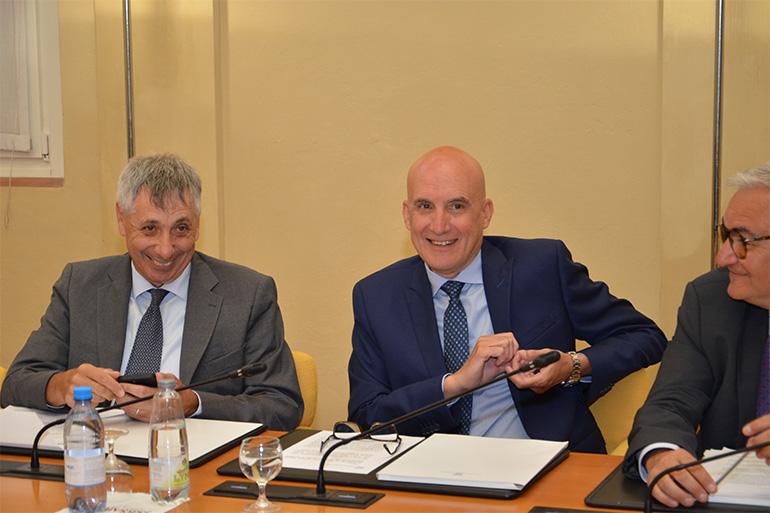
Cersaie 2025 already sold out
Three months before its opening, the 42nd edition of Cersaie, the International Exhibition of Ceramic Tile and Bathroom Furnishings scheduled to take place in Bologna from 22 September, has already sold out all 155,000 square metres of exhibition space (10,000 sqm more than in 2024).
New features this year include the relocation of the entire tile installation section to Hall 19 and a larger presence of bathroom furnishing exhibitors.
“Cersaie continues to attract company investment because it remains the best platform for interaction between manufacturers, distributors and the world of design,” concluded Ciarrocchi.
Performance of the other segments of the ceramic industry
Around 20% of the ceramic industry’s total revenues last year were generated by segments other than tiles.
The heavy clay industry, with its 57 companies and 3,000 employees, produced 4.1 million tonnes of bricks and tiles in 2024 and generated revenues of €700 million, primarily in the domestic market.
The Italian ceramic sanitaryware industry comprises 31 companies, 28 of which are based in the Civita Castellana district (Viterbo), and employs a total of 2,700 people. In 2024, production reached 3.2 million pieces and generated revenue of €414 million, including 40% (€165 million) from exports.
The refractories industry consists of 30 companies with 1,546 employees, producing a total of 270,500 tonnes and generating €348 million in revenue (+1%), divided between €160 million in domestic sales and more than €188 million in exports.
Finally, the ceramic tableware segment comprises 8 companies with 668 employees and a 2024 output of 9,600 tonnes, corresponding to a total turnover of €57.8 million (+3%). The domestic market accounted for 75% of volumes and 63% of total revenues.
Did you find this article useful?
Join the CWW community to receive the most important news from the global ceramic industry every two weeks



